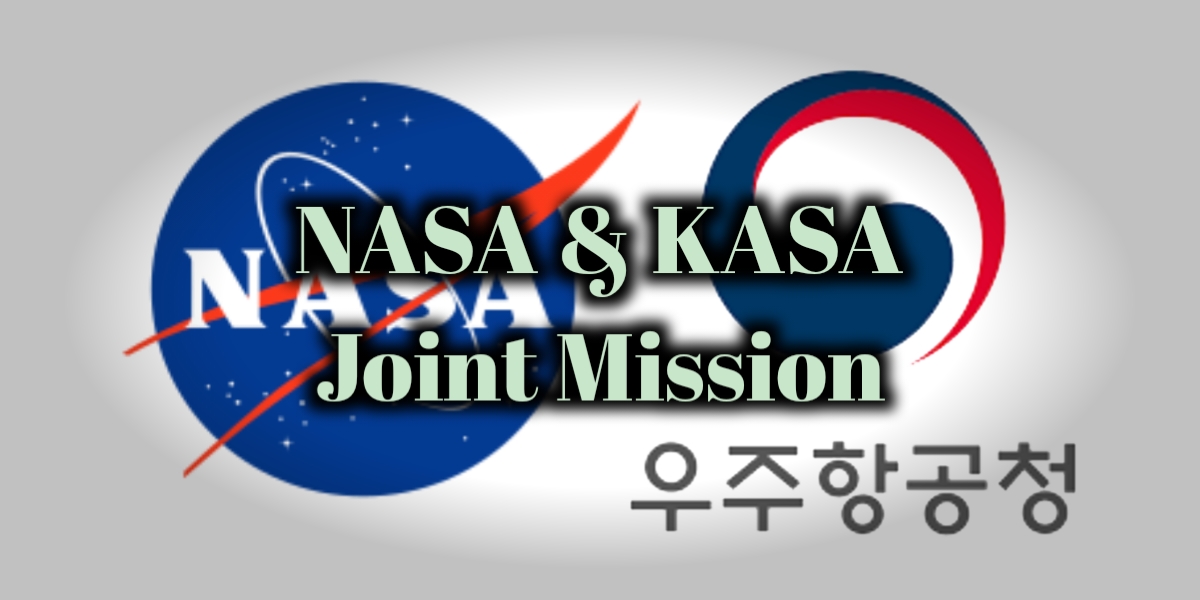
Science of Extraction Process
The extraction process involves heating lunar regolith to temperatures exceeding 1,200 Kelvin (930°C/1700°F). This intense heat causes hydrogen, implanted in the lunar soil by solar wind over billions of years, to react with oxygen in lunar minerals, forming water vapor. This vapor is then collected and condensed into liquid water. Researchers estimate that this method can produce over 50 kilograms of water from one ton of lunar soil, which could support the daily water needs of about 50 people. Developed by the Chinese Academy of Sciences and the Ningbo Institute of Materials Technology and Engineering, this breakthrough could minimize the need for Earth-based water resupply missions.

Ilmenite's Crucial Role
Ilmenite (FeTiO₃), a prevalent mineral in lunar soil, plays a pivotal role in this extraction method due to its unique crystal structure. It contains high concentrations of hydrogen trapped in sub-nanometer tunnels. When heated, ilmenite releases this hydrogen, which is essential for water production. Its abundance in lunar regolith makes it an invaluable resource for sustainable water production, supporting long-term lunar habitation and reducing dependence on Earth-based resources.

Implications for Lunar Missions
This water extraction technology could profoundly impact future lunar missions and space exploration. By enabling water production directly on the Moon, it supports the establishment of permanent lunar outposts, especially in the southern polar region where water ice deposits have been found. The extracted water could be used for drinking, oxygen production, and hydrogen fuel, creating a self-sustaining cycle that supports extended lunar missions. This advancement is particularly timely as space agencies, including NASA, the Chinese National Space Administration, and the European Space Agency, plan to establish permanent lunar bases by the early 2030s.

Challenges and Future Solutions
One significant challenge of this extraction process is its dependence on sunlight, limiting operations to the lunar day, which lasts about two weeks. To address this, scientists are exploring solutions such as solar mirrors to reflect sunlight during the lunar night or using satellites to provide continuous energy. These innovations could enable uninterrupted water extraction, crucial for sustaining long-term lunar missions. Additionally, researchers are working on optimizing the process to enhance efficiency and meet the demands of future lunar settlements.











